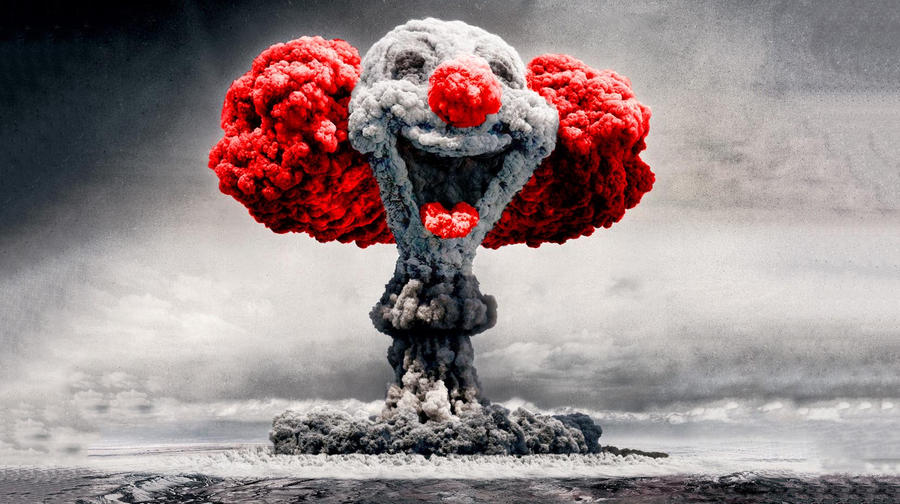For any start typically above about -5degC, assuming the engine is in good condition (i.e. you have decent compression, and injectors that are not competely knackered), then other than some slight combustion roughness/instability and an increased level of particulate (unburnt fuel / smoke) emissions there is no result of not allowing the full pre-heat time to expire before cranking the engine.
Old skool mechanically injected engines that have much poorer control of their fuel injection system need the pre-heating to get good combustion events when the combustion chamber is cold. A DI engine ignites it’s fuel purely by the heat resulting from the compression of the air, and with a cold chamber, more of this heat is lost to the chamber walls, and so the CC temperature at the point of injection is significantly lower, hence the slower/dirtier burn.
No mechical damage or long term effects are caused to your engine however by not allowing the full pre heat cycle to occur.
Under ~-5degC, you will start to need the pre-heat to get the engine to fire, by the time you’re down to ~25degC you’ll need there input 100% (and winter grade diesel!). Obviously, in the UK, that isn’t a very common starting temperature!
If your engine is worn (low compression, worn injector nozzles) then you may require the services of the heater plugs at higher temps to get a “clean” start, as the end of compression temp will be lower and the fuel mass less well atomised (and hence more difficult to ingnite)
Modern, common rail diesels, manage all this for you, and some, that use keyless or push button start will pre-heat the engine before you actually go to press the start button so avoid any wait time on behalf of the operator etc

